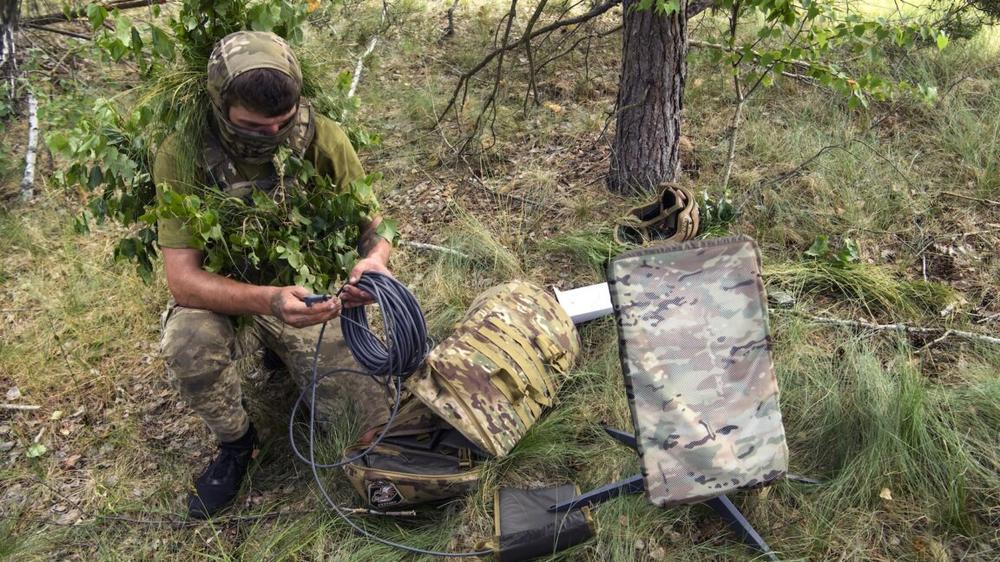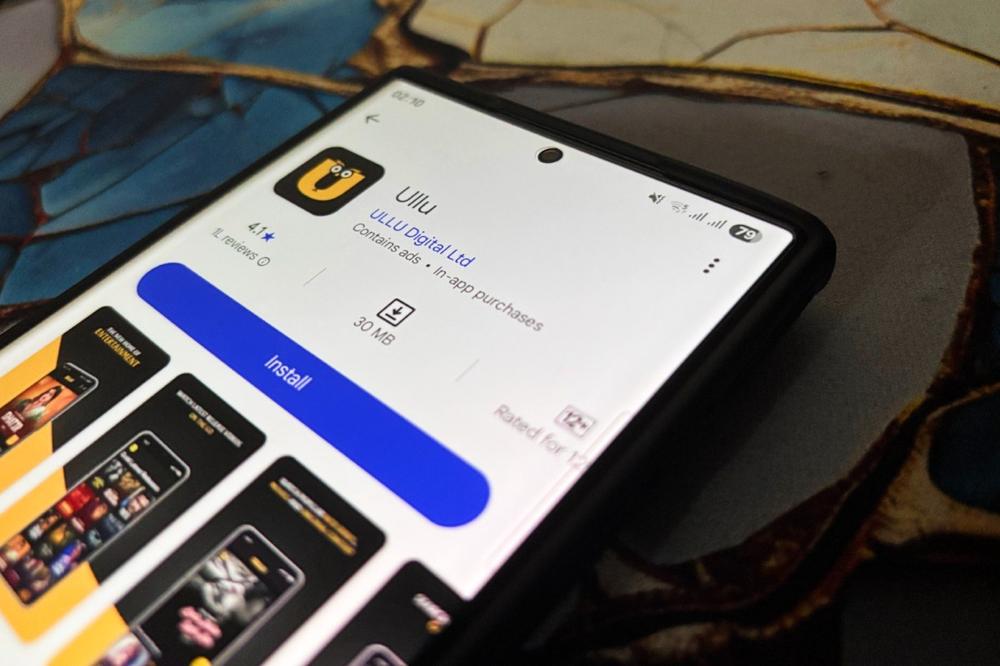A rare global interruption in the Starlink satellite Internet network knocked subscribers offline for more than two hours on Thursday, the longest widespread outage since SpaceX opened the service to consumers nearly five years ago.
The outage affected civilian and military users, creating an inconvenience for many but cutting off a critical lifeline for those who rely on Starlink for military operations, health care, and other applications.
Michael Nicolls, SpaceX's vice president of Starlink engineering, wrote on X that the network outage lasted approximately 2.5 hours.
"The outage was due to failure of key internal software services that operate the core network," Nicolls wrote. "We apologize for the temporary disruption in our service; we are deeply committed to providing a highly reliable network, and will fully root cause this issue and ensure it does not occur again."
Elon Musk, SpaceX's founder and CEO, apologized for the interruption in service on X: "Sorry for the outage. SpaceX will remedy root cause to ensure it doesn’t happen again."
Effects big and small
The Ukrainian military has been at the leading edge of adopting Starlink services and adapting the system for use in war zones. Ukraine's exploitation of Starlink connectivity has been instrumental in directing military operations, supporting battlefield communications, and controlling drones engaged in reconnaissance and offensive strikes.
The commander of Ukraine's drone forces, Robert Brovdi, confirmed Thursday's Starlink outage reached his country's ongoing war with Russia.
"Starlink went down across the entire front," Brovdi wrote on Telegram. "Combat operations were carried out without broadcasts; reconnaissance was carried out ... using shock weapons."
Brovdi added that the interruption in service illustrates the importance of having multiple paths of connectivity, especially for time-critical military operations. "This incident, which lasted 150 minutes in the war, points to bottlenecks," he wrote, urging the military to diversify its means of communication and connectivity.
Oleksandr Dmitriev, the founder of a Ukrainian system that centralizes feeds from thousands of drone crews across the frontline, told Reuters the outage was an example of the shortcomings of relying on cloud services for military operations, particularly battlefield drone reconnaissance.
"If connection to the internet is lost ... the ability to conduct combat operations is practically gone," Dmitriev told Reuters. He called for a heavier reliance on local communications networks that don't rely on the Internet. Ukraine launched a sophisticated drone attack on a Russian airbase last month, but used Russian cell signals instead of satellite connectivity to control the strike drones.
But Ukraine has made good use of Starlink. The country's government said earlier this year it had received more than 50,000 Starlink user terminals since Russia's invasion in 2022. Satellite broadband has the benefit of ubiquity. A Starlink antenna can be deployed anywhere with an open view of the sky and a power source, and connect to the Internet. The satellites in low-Earth orbit beaming down Internet signals are not as vulnerable to physical attack as ground-based equipment for terrestrial networks.
SpaceX recently surpassed 7,900 operational satellites in the Starlink constellation. More than 9,200 Starlink spacecraft have been launched since 2019, including satellites that SpaceX has already decommissioned and cleared from the constellation's operating altitude of roughly 340 miles (550 kilometers). These numbers make the Starlink fleet an order of magnitude larger than any other satellite constellation flying today.
In an update earlier this month, SpaceX said it added 2.7 million active customers over the last year, bringing the total number of Starlink subscribers to more than 6 million.
I am one of those subscribers. After moving to my family's ranch in rural Texas, I found no local service providers were able to offer the speed and reliability I needed to work as a full-time journalist. So, I took a gamble on Starlink a little more than a year ago. Until Thursday, our Starlink connection hadn't gone down for more than a couple of minutes, other than during a handful of power outages.
With the network back up Friday, I checked Starlink's speeds. Over the course of an hour on Friday afternoon, my home connection averaged 210 Mbps down and 17.2 Mbps up, with an average latency of 23 milliseconds.
This is anecdotal, sure, but the only other Internet option here is through a legacy copper telephone line or via geosynchronous satellites, known for longer latency and slower speeds than Starlink. Perhaps soon, Starlink will have some real competition in the direct-to-consumer satellite broadband market.

 India bans streaming apps you’ve never heard of — but millions watch
India bans streaming apps you’ve never heard of — but millions watch